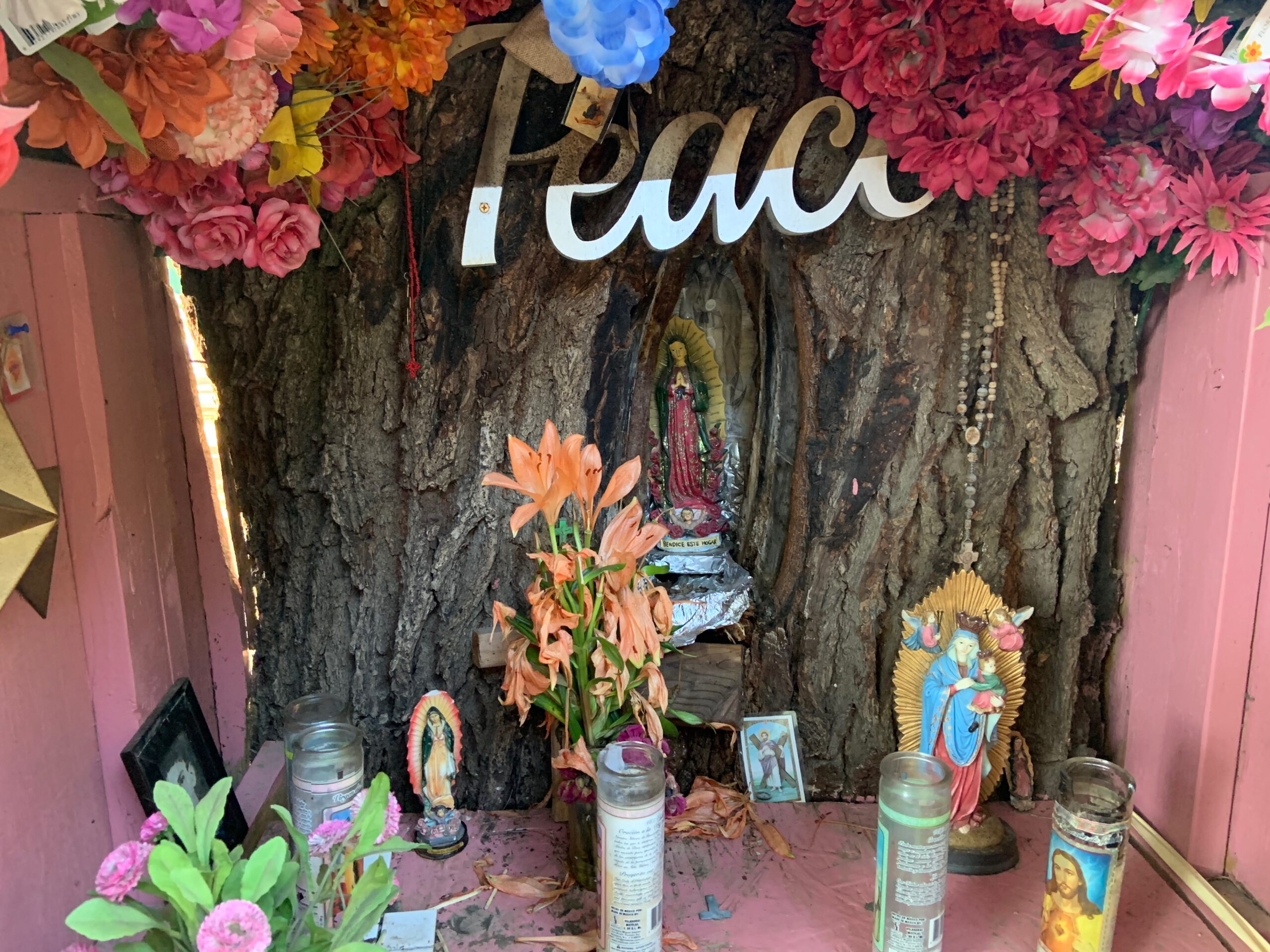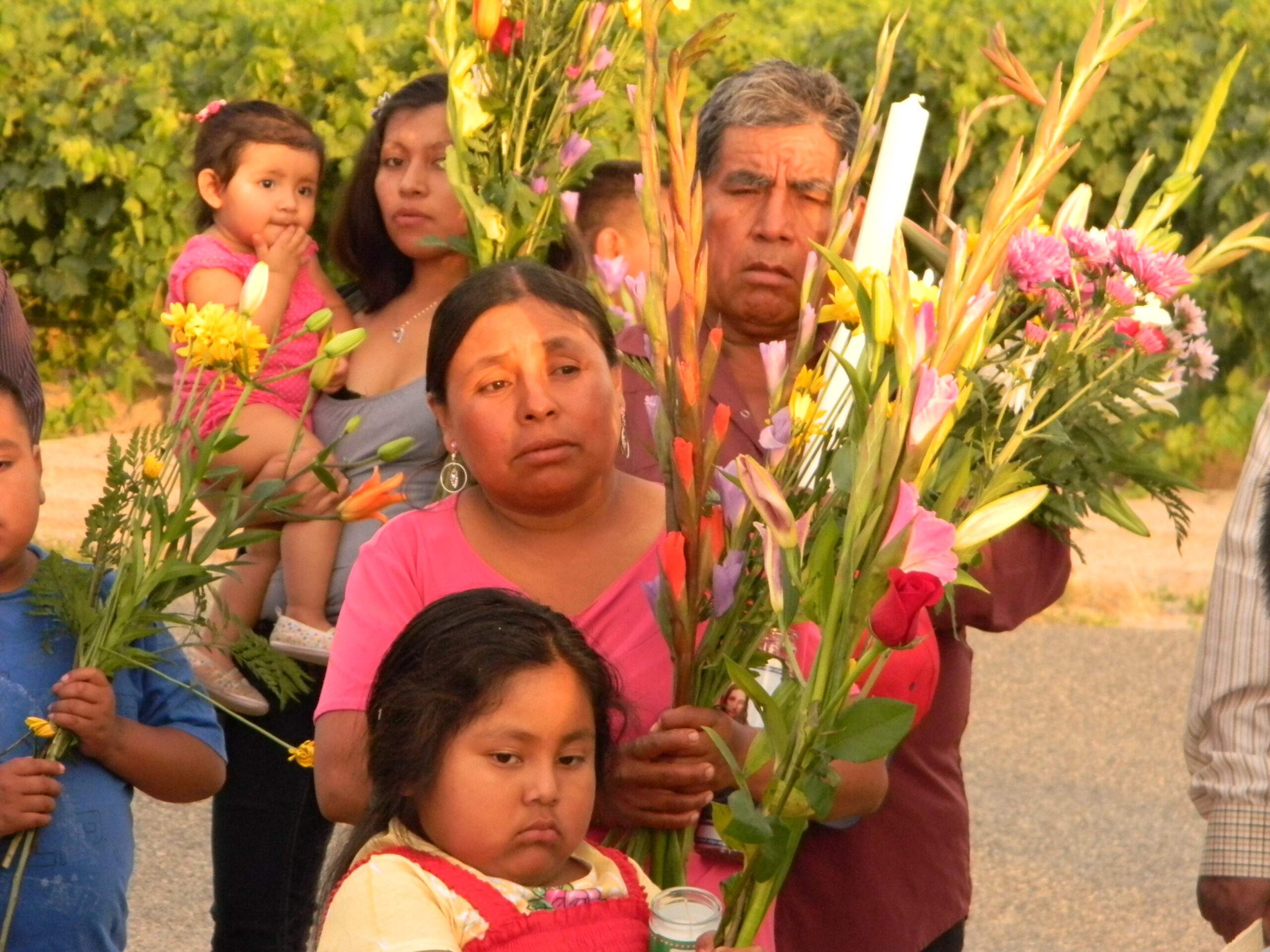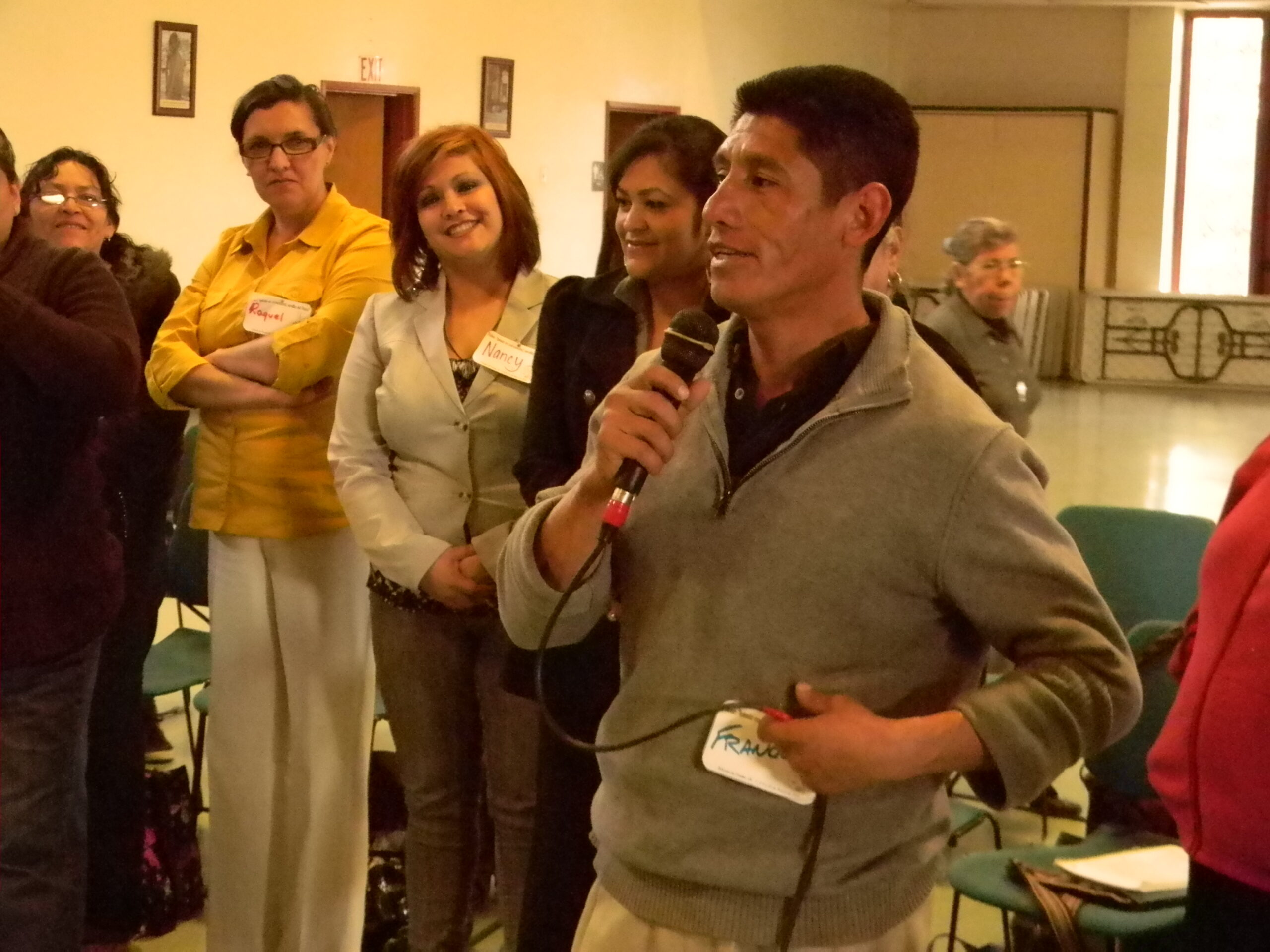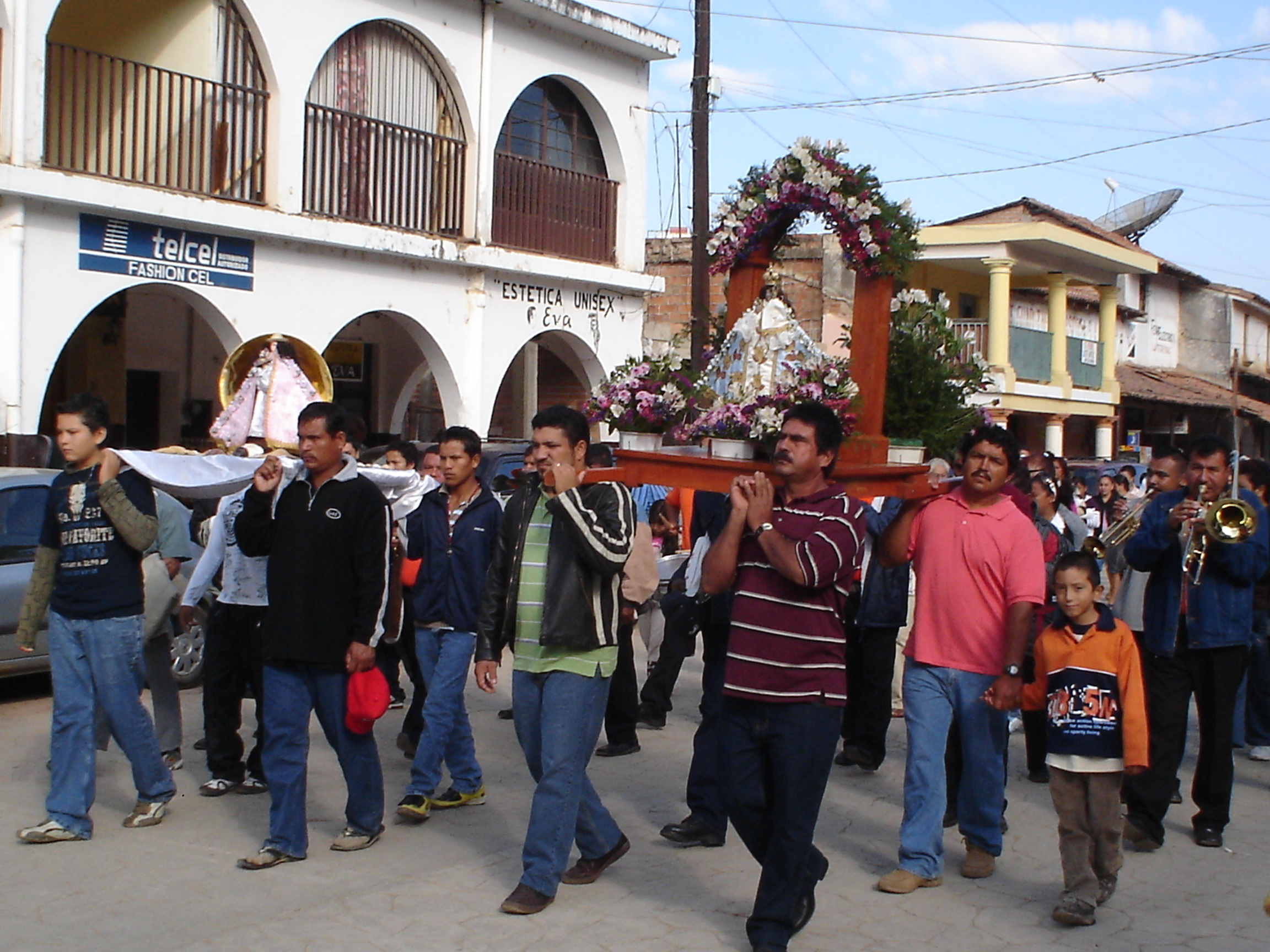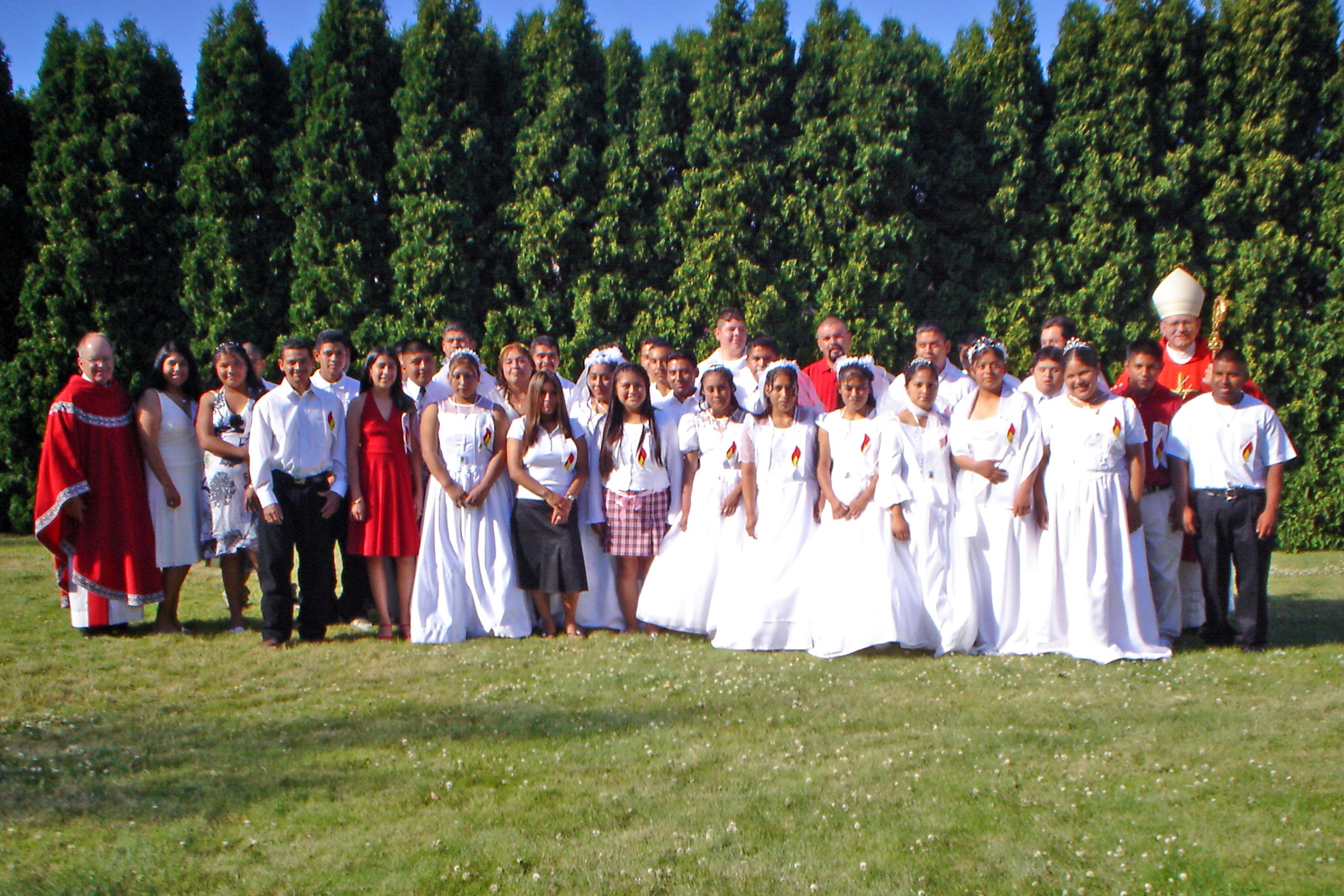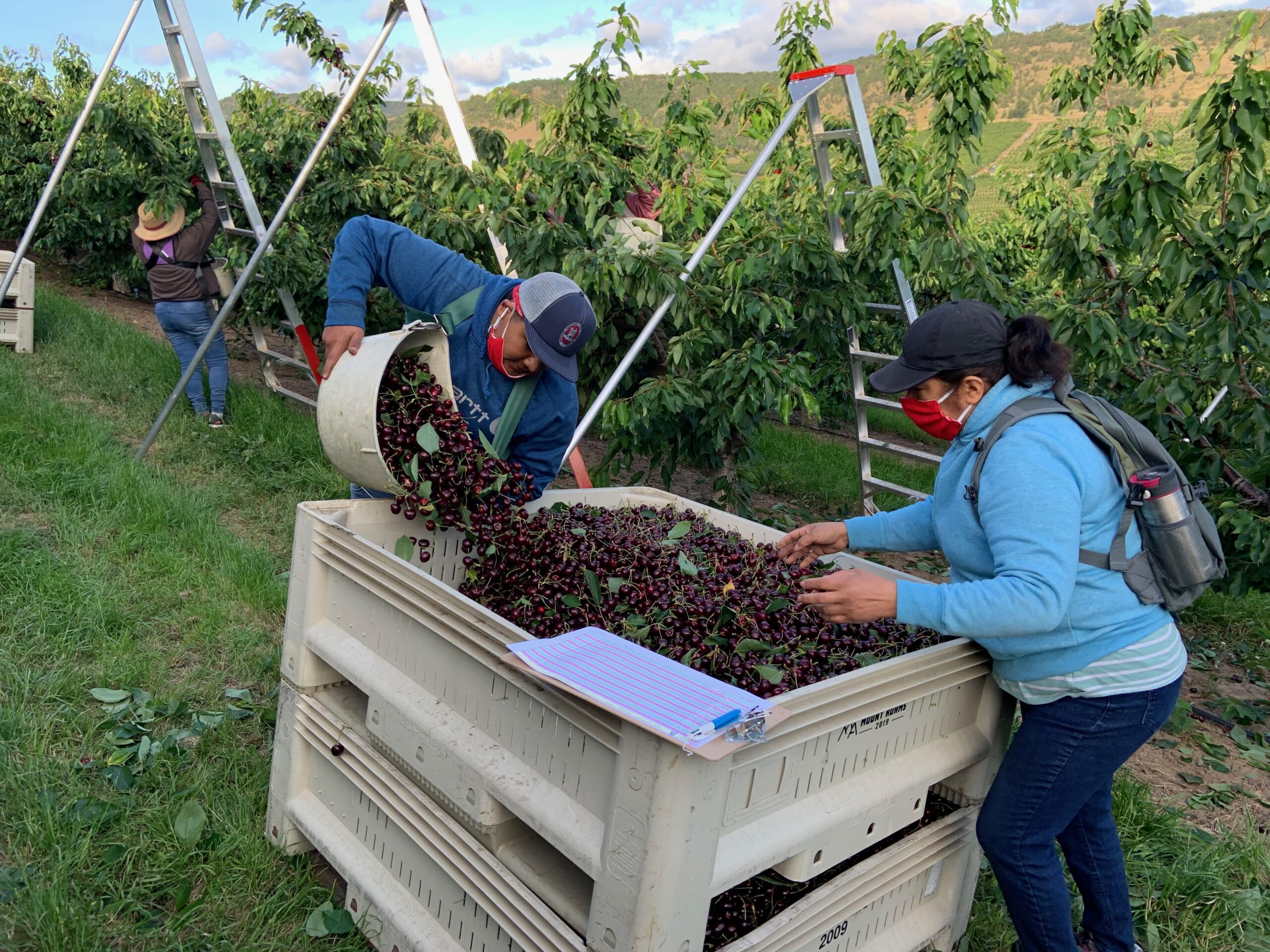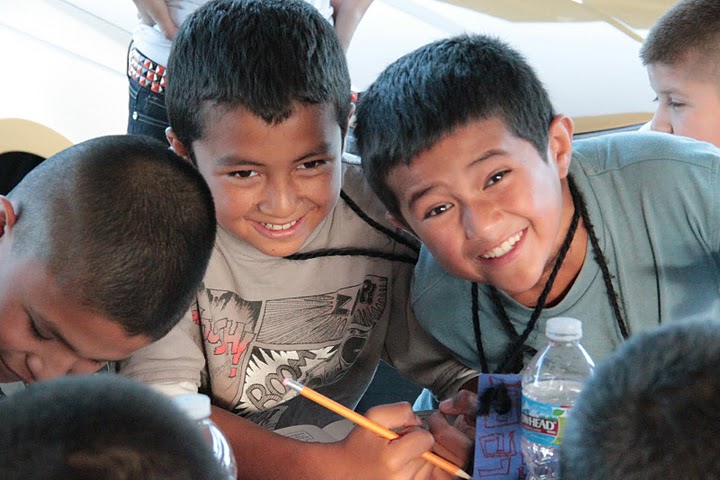Stories: Día de los Muertos
Noviembre, recordando a los santos y seres queridos en nuestras vidas.
Durante las últimas dos semanas, reflexioné sobre la aventura de ser un Misionero Redentorista. Mientras celebramos las fiestas de Todos los Santos y el Día de los Muertos, quiero dedicar mis reflexiones diarias en noviembre a las vidas de los santos y seres queridos que me han inspirado y continúan inspirando mi vida como sacerdote y redentorista. He sido bendecido con muchos ejemplos de fe, no solo en aquellos fácilmente reconocidos por su bondad y fe, sino también en algunas personas cuyas vidas parecían terminar en tragedia.
Padre Migrante
November, remembering the saints and loved ones in our lives
For the past two weeks, I reflected on the adventure of being a Redemptorist Missionary. As we celebrate the feasts of All Saints and All Soul’s Day, I want to dedicate my daily reflections in November to the lives of the saints and loved ones who have and continue to inspire my life as a priest and a Redemptorist. I have been blessed with many examples of faith, not only in those easily recognized for their goodness and faith, but also in some people whose lives appeared to end in tragedy.
Padre Migrante
Día de los Muertos
Las celebraciones del Día de los Muertos es un día especial en las comunidades latinas. Es el día de celebrar la creencia más fundamental de la fe católica, la creencia en la resurrección de Jesús y la promesa de la resurrección para todas las personas. Hay muchas tradiciones que muestra la confianza en que la muerte no es el final de la vida, sino una transición en la vida de cada persona que es creada a imagen y semejanza de Dios. Es una transición que enseñó San Pablo como destino de los fieles, para estar unidos a Cristo en la resurrección.
Nuestra Iniciativa Hispana Redentorista en Liberal, Kansas animó a la comunidad para celebrar las fiestas y tradiciones de sus patrias de origen. Para la celebración del Día de los Muertos, invitamos a cada barrio a preparar altares en nuestro gimnasio para honrar a los seres queridos de cada comunidad. Los altares eran coloridos y tenían fotografías de miembros de la familia para honrar a sus seres queridos. En los altares, las comidas y los pasatiempos del ser querido decoraban los altares. Estuvieron presentes símbolos de su fe como rosarios, biblias, libros de oraciones y otros recuerdos. En algunos de los altares había recuerdos de sus bebidas favoritas. La humanidad de los seres queridos estaba en exhibición.
Muchos de los altares tenían “calaveras” de dulce en los altares. Se podrían preparar de doce a veinte altares. Después de la misa, la gente recorrió el gimnasio para ver los altares. En un altar, una mujer preguntó: “Padre, ¿qué es esto?” Indicó una calavera. Ella preguntó: “¿Es esto voo-doo? ¿Es esto satánico?” Antes de que el sacerdote respondiera, Francisco, un laico mexicano respondió: “No, no. Esta es nuestra forma de reírnos en frente de la muerte. Es nuestra forma de profesar fe en la resurrección. Y, después de la fiesta, los niños se comen las calaveras”.
El Día de los Muertos es un acto profundo de fe, y quienes desean distorsionar el día, simplemente no entienden que es nuestra profesión en la resurrección de Jesús.
Que viva Cristo, Rey
Dia de los Muertos
The celebrations of All Souls Day, Día de los Muertos, is a day to reflect on the most fundamental belief in our Catholic faith, our belief in the Resurrection of Jesus and the promise of resurrection for all people. There are many traditions of how we celebrate our trust that death is not an end to life, but a transition in the lives of every person who was created in the image and likeness of God. It is a transition that St. Paul taught as the destination of the faithful, to be united with Christ in the resurrection.
Our Redemptorist Hispanic Initiative in Liberal, Kansas made it an important part of our ministry to celebrate the feasts particularly celebrated by all of the cultures of people within our parish. For the celebration of Día de los Muertos, we invited neighborhood groups to prepare altars in our gym to honor the loved ones of each community. The altars were colorful, having pictures of family members to honor their loved ones. On the altars, foods and pastimes of the loved one decorated the altars. Symbols of their faith such as rosaries, bibles, prayer books and other items were present. On some of the altars there were memories of their favorite beverages. The humanity of the loved ones was on display.
Many of the altars had “calaveras”, candy skulls on the altars. There could be from twelve to twenty altars prepared. After Mass, people toured the gym to see the altars. At one altar a woman asked, “Father, what is this?” She indicated a skull, a calavera. She asked, “Is this voo-doo? Is this satanic?” Before the priest responded, Francisco, a Mexican layman answered, “No, no. This is our way of laughing at death. It is our way of professing life after life. And, after the feast, the children eat the candy skulls.”
Día de los Muertos is a profound act of faith, and those who wish to distort the day, simply do not understand that it is one more way that the Latino, professes faith in the resurrection of Jesus.
Que viva Cristo, Rey
